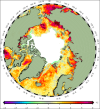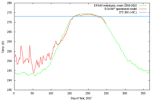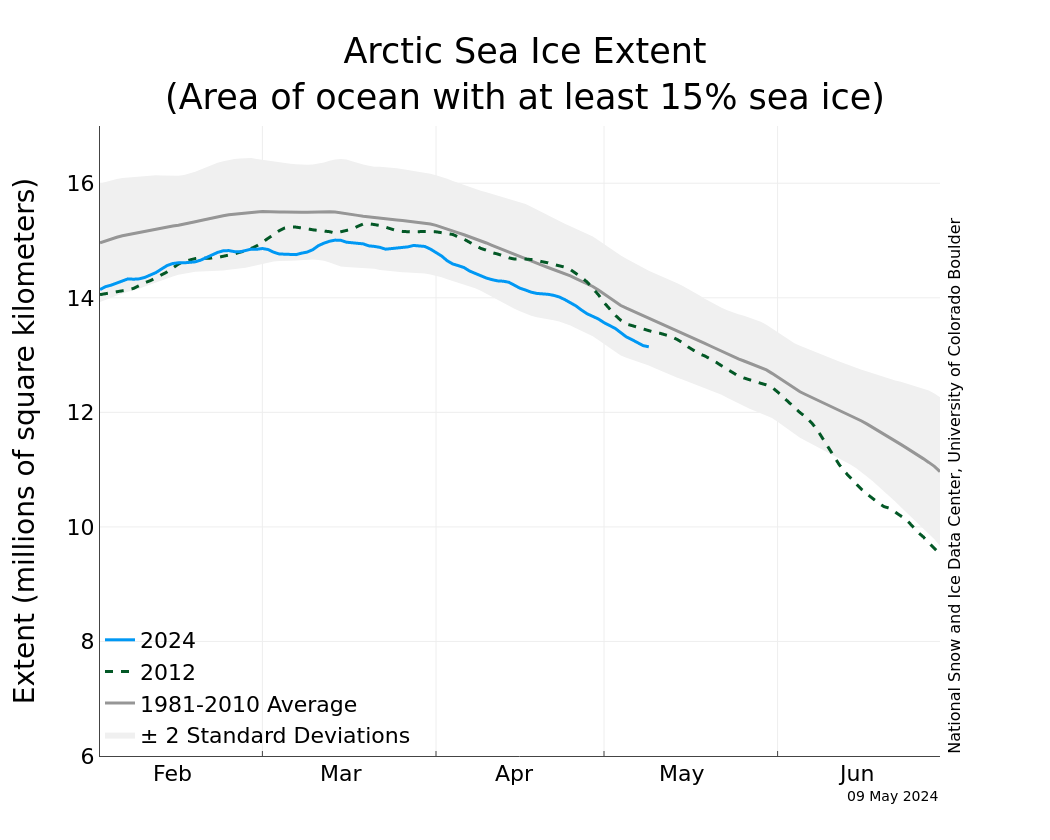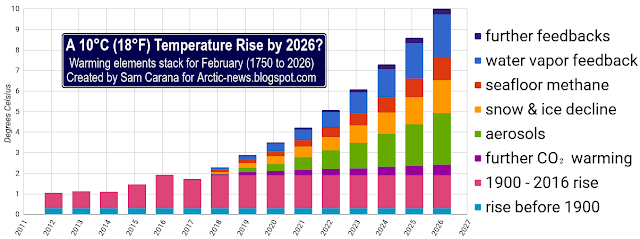Hurricane Size Comparison Sep 9, 2017
https://youtu.be/NoxKH_v8b-8
Snow, High Winds Seen Atop Mount Washington
Published on Sep 2, 2017
https://youtu.be/kw2pVKZUK0w
Snow Reports and Snow Forecasts for Switzerland.
Covering the period from Tuesday 12th September 2017.
https://www.j2ski.com/snow_forecast/Switzerland/
Summary for France:
https://www.j2ski.com/snow_forecast/France/
Summary for Italy:
https://www.j2ski.com/snow_forecast/Italy/
Spain Snow Report:
https://www.j2ski.com/snow_forecast/Spain/
Snow Forecast for La Mongie (Hautes-Pyrénées)
https://www.j2ski.com/snow_forecast/France/La_Mongie_snow.html
Austria Snow Report:
https://www.j2ski.com/snow_forecast/Austria/
Australian Snow Reports:
https://www.j2ski.com/snow_forecast/Australia/
More snow for the Alps Updated:
8.45am Monday 11 September 2017 -
https://www.weathertoski.co.uk/weather-snow/
https://youtu.be/NoxKH_v8b-8
We compare the sizes and power of hurricanes, tornadoes, typhoons & cyclones, from a tropical storm to a category 5 hurricane such as Hurricane Irma, Hurricane Andrew & Hurricane Katrina, and even go beyond what you'd expect!
Please take note: The size indicated here is the maximum diameter based on Meteorologist calculations (Sourced from National Hurricane Center, National Oceanic & Atmospheric Administration & NASA, or own mapping estimates based on images if no official figures are given. It is not entirely accurate, but it gives a good scale of the sizes of certain tropical storms.
Snow, High Winds Seen Atop Mount Washington
Published on Sep 2, 2017
https://youtu.be/kw2pVKZUK0w
Snow Reports and Snow Forecasts for Switzerland.
Covering the period from Tuesday 12th September 2017.
https://www.j2ski.com/snow_forecast/Switzerland/
Summary for France:
https://www.j2ski.com/snow_forecast/France/
Summary for Italy:
https://www.j2ski.com/snow_forecast/Italy/
Spain Snow Report:
https://www.j2ski.com/snow_forecast/Spain/
Snow Forecast for La Mongie (Hautes-Pyrénées)
https://www.j2ski.com/snow_forecast/France/La_Mongie_snow.html
Austria Snow Report:
https://www.j2ski.com/snow_forecast/Austria/
Australian Snow Reports:
https://www.j2ski.com/snow_forecast/Australia/
More snow for the Alps Updated:
8.45am Monday 11 September 2017 -
https://www.weathertoski.co.uk/weather-snow/
There was further snow across parts of the Alps this weekend, which is great news for the glaciers after an exceptionally warm summer.










